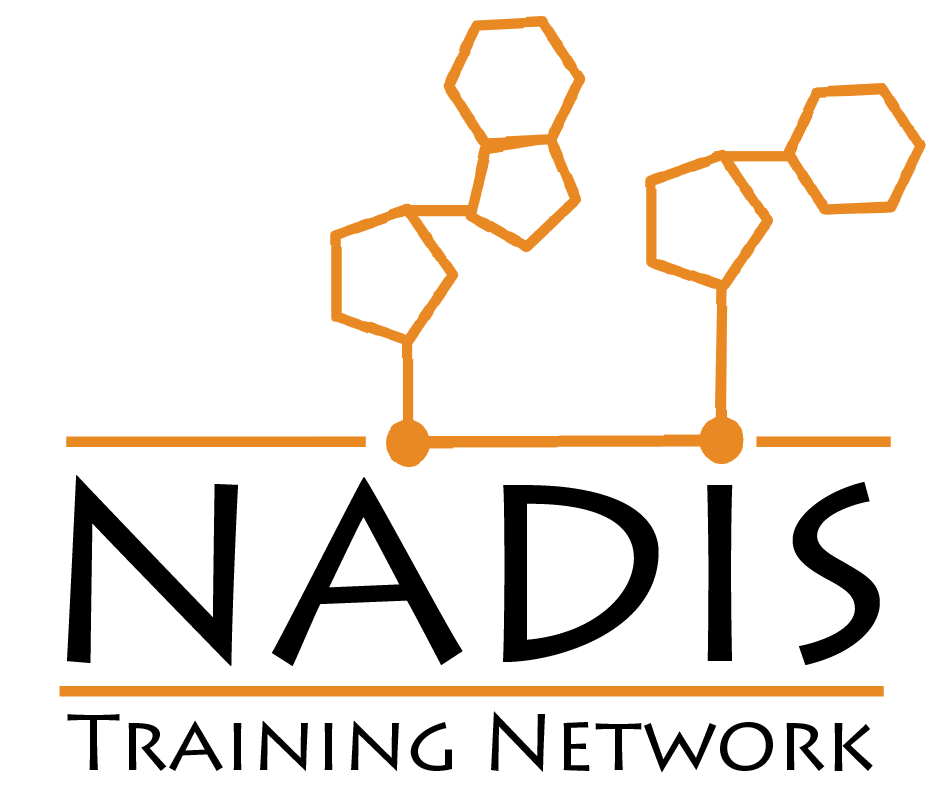In the quest for eternal youth, scientists have long sought after the elusive key to slowing down the aging process. While the fountain of youth may remain a mythical concept, recent research has uncovered a promising candidate: nicotinamide adenine dinucleotide, or NAD+. This molecule, found in every cell of our bodies, plays a crucial role in various cellular processes, including energy production, DNA repair, and gene expression [1]. However, as we age, NAD+ levels decline, which may contribute to various age-related diseases and conditions [2].
NAD+ is a coenzyme found in all living cells, playing a crucial role in transferring electrons during metabolic reactions. It exists in two forms: NAD+ and its reduced form, NADH. NAD+ is essential for the function of enzymes like sirtuins and PARPs, which regulate key cellular processes, including DNA repair, inflammation, and mitochondrial function. As we age, NAD+ levels decline due to various factors, including decreased biosynthesis, increased consumption by enzymes, and impaired recycling pathways. This decline in NAD+ has been implicated in age-related diseases such as neurodegenerative disorders, metabolic dysfunction, and cardiovascular diseases [1]. Therefore, strategies to boost NAD+ levels have garnered significant interest in the field of aging research.
To address this decline, researchers have investigated various strategies to boost NAD+ levels. One promising approach is through Nicotinamide Riboside (NR). NR is a precursor to NAD+ and has been shown to effectively raise NAD+ levels in various preclinical and clinical studies [3]. NR supplementation can enhance NAD+ biosynthesis pathways, thereby replenishing cellular NAD+ levels [4].
Additionally, both fasting and caloric restriction have been shown to increase NAD+ levels. These dietary interventions activate pathways like AMPK and SIRT1, which stimulate NAD+ biosynthesis and promote cellular health [5].
Moreover, regular physical activity has been linked to increased NAD+ levels [6]. Exercise activates the NAD+- dependent enzyme, sirtuin 1 (SIRT1), which plays a role in mitochondrial biogenesis, energy metabolism, and stress resistance [7,8].
Furthermore, certain foods contain precursors or compounds that can support NAD+ production. For example, foods rich in niacin (vitamin B3), such as yeast, meat, fish, and nuts, provide substrates for NAD+ synthesis [9].
While natural strategies such as supplementation with NAD+ precursors, fasting, exercise, and dietary modifications offer promising approaches to boost NAD+ levels, further research is needed to elucidate their long-term effects and optimal dosages. Understanding the intricacies of NAD+ metabolism and its role in aging and disease is essential for developing effective interventions to promote healthy aging and longevity.
Author: Frida Matiyevskaya

The Fountain of Youth by Lucas Cranach the Elder (1546).
References:
- Covarrubias, A.J., Perrone, R., Grozio, A. et al. NAD+ metabolism and its roles in cellular processes during ageing. Nat Rev Mol Cell Biol 22, 119–141 (2021).
- Yoshino J, Baur JA, Imai SI. NAD+ Intermediates: The Biology and Therapeutic Potential of NMN and NR. Cell Metab. 2018 Mar 6;27(3):513-528.
- Petr, M.A., Matiyevskaya, F., Osborne, B., Berglind, M., Reves, S., Zhang, B., Ben Ezra, M., Carmona-Marin, L.M., Syadzha, M.F., Cortés Mediavilla, M., Keijzers, G., Bakula, D., Mkrtchyan, G.V., Scheibye-Knudsen, M. Pharmacological interventions in human aging. Ageing Research Reviews, Volume 95, 2024,102213, ISSN 1568-1637.
- Cantó, C., Houtkooper, R.H., Pirinen, E., Youn, D.Y., Oosterveer, M.H., Cen, Y., Fernandez-Marcos, P.J., Yamamoto, H., Andreux, P.A., Cettour-Rose, P., Gademann, K., Rinsch, C., Schoonjans, K., Sauve, A.A., Auwerx, J. The NAD+ Precursor Nicotinamide Riboside Enhances Oxidative Metabolism and Protects against High-Fat Diet-Induced Obesity. Cell Metabolism, Volume 15, Issue 6, 2012, Pages 838-847, ISSN 1550-4131.
- Poljsak, B., Kovač, V., Milisav, I. Healthy Lifestyle Recommendations: Do the Beneficial Effects Originate from NAD+ Amount at the Cellular Level? Oxid Med Cell Longev. 2020 Dec 12;2020:8819627. doi: 10.1155/2020/8819627. PMID: 33414897; PMCID: PMC7752291.
- Chubanava, S., Treebak, J.T. Regular exercise effectively protects against the aging-associated decline in skeletal muscle NAD content. Experimental Gerontology, Volume 173, 2023,112109, ISSN 0531-5565.
- Juan, C.G., Matchett, K.B. & Davison, G.W. A systematic review and meta-analysis of the SIRT1 response to exercise. Sci Rep 13, 14752 (2023).
- Mouchiroud, L., Houtkooper, R.H., Moullan, N., Katsyuba, E., Ryu, D., Cantó, C., Mottis, A., Jo, Y.S., Viswanathan, M., Schoonjans, K., Guarente, L., Auwerx, J. The NAD+/Sirtuin pathway modulates longevity through activation of mitochondrial UPR and FOXO signaling. Cell 154.2 (2013): 430-441.
- Jacob R, Swenseid M. Niacin. In: Ziegler E, Filer L, eds. Present Knowledge in Nutrition. 7th ed. Washington D.C.: ILSI Press; 1996:185-190.

Leave a Reply